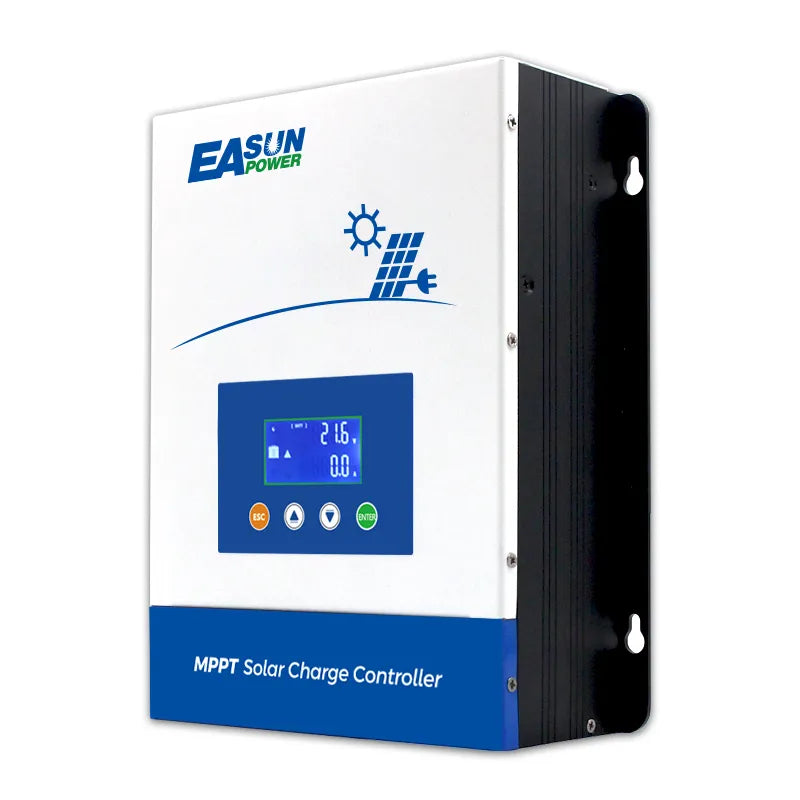When embarking on your solar journey, one of the most crucial decisions you will face is selecting the right charge controller. This solar setup guide: deciding between PWM and MPPT will help you understand the differences between these two technologies and how they can impact your solar energy system.

What are PWM and MPPT Charge Controllers?
Pulse Width Modulation (PWM) and Maximum Power Point Tracking (MPPT) are two types of solar charge controllers that manage the energy produced by solar panels. But what exactly do they do?
- PWM Charge Controllers: These controllers work by connecting the solar panel directly to the battery. They regulate the voltage and current flowing into the battery, ensuring it is charged efficiently.
- MPPT Charge Controllers: These advanced controllers optimize the energy output from solar panels by adjusting the electrical operating point of the modules. They can convert excess voltage into additional current, maximizing the energy harvested.
Efficiency Comparison: PWM vs. MPPT
One of the primary considerations in your solar setup guide: deciding between PWM and MPPT is efficiency. MPPT controllers are generally more efficient than PWM controllers, especially in low-light conditions or when the solar panel voltage is significantly higher than the battery voltage.
"MPPT charge controllers can increase the energy harvest by up to 30% compared to PWM controllers." - Solar Energy Expert
This efficiency gain can lead to faster battery charging and improved overall system performance. If you are using high-voltage solar panels or have a larger solar array, an MPPT controller may be the better choice.
Cost Considerations
While MPPT controllers offer superior performance, they also come at a higher price point. PWM controllers are typically more affordable and may be suitable for smaller systems or applications where budget constraints are a concern.
- If you have a limited budget, consider starting with a PWM controller.
- For larger systems or if you plan to expand in the future, investing in an MPPT controller may yield better long-term benefits.
Choosing the Right Controller for Your Solar Setup
Ultimately, the decision between PWM and MPPT should be based on your specific needs and circumstances. Here are some factors to consider:
- System size and scale
- Budget constraints
- Expected solar panel output
- Battery type and capacity
For example, if you are setting up a small off-grid system, a PWM controller may suffice. However, for larger installations or those requiring maximum efficiency, an MPPT controller is likely the better option.
Conclusion
In conclusion, understanding the differences between PWM and MPPT charge controllers is essential for anyone looking to optimize their solar energy system. This solar setup guide: deciding between PWM and MPPT has provided insights into the efficiency, cost, and suitability of each type of controller. By carefully evaluating your needs, you can make an informed decision that will enhance your solar energy experience.

For further information, check out this video on solar charge controllers to deepen your understanding.



